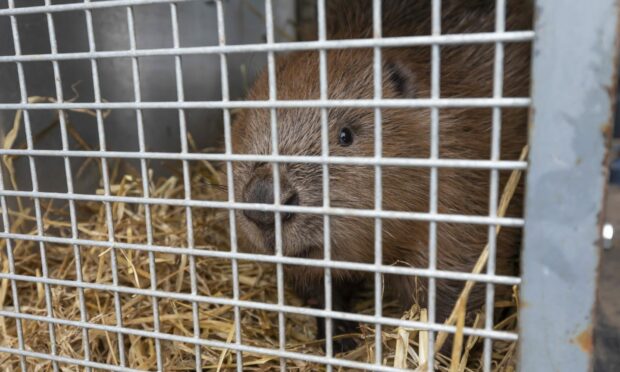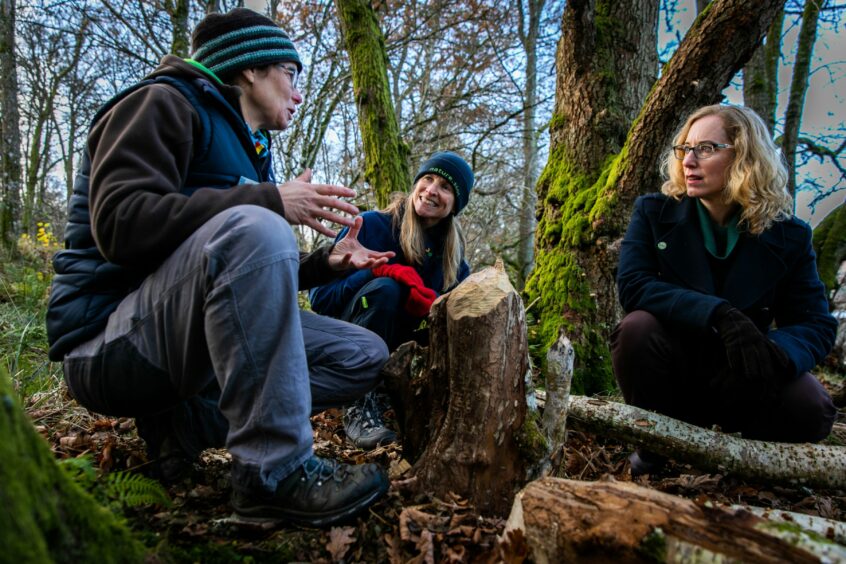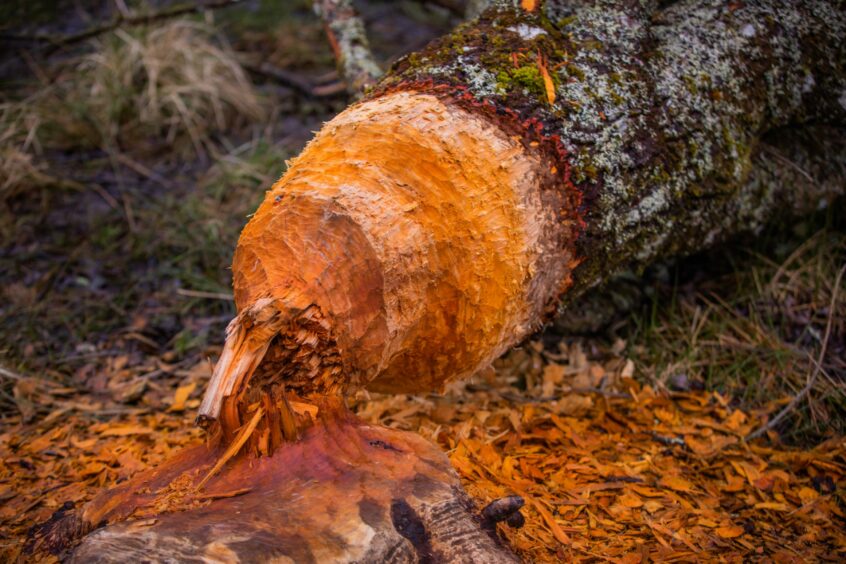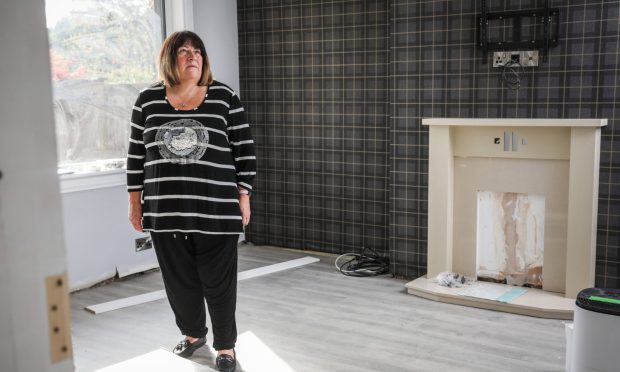The majority of beavers trapped in Tayside last year had to be moved south of the border as relocation efforts stall.
A total of 33 beavers were moved from the Tay catchment area, where they were in conflict with landowners.
Five found a new home at Argaty Red Kites near Doune in 2021.
But most are now resident in England and Wales.
A spokesperson for NatureScot says a number of individuals and groups have registered an interest in providing Scotland’s unwanted beavers with a sanctuary in the future.
But she confirmed the agency would not process applications ahead of the national beaver strategy.
Last year, the Scottish Government announced a policy shift towards supporting a growing beaver population over an expanded range.
It is anticipated that beavers will be introduced to new territories after the release of the new strategy this summer.
In the meantime the agency is “continuing translocations to England and Wales”.
What now for our growing population of beavers?
Funding the relocation – or translocation – of beavers is a key part of the Scottish Greens’ deal with the Scottish Government.
Scottish biodiversity minister Lorna Slater has hailed beavers as good news for biodiversity and the economy.
There are an estimated 1,000 of the semiaquatic rodents in Scotland.
And that number will rise.
But beavers build dams, leading to flooded fields. Their burrowing can also damage valuable agricultural land.
Without the option of translocation, the animals would otherwise be subject to lethal control licences and shot.
Despite an apparent lack of imminent translocation options in Scotland, the NatureScot spokesperson maintains the use of lethal control is “already decreasing for a number of reasons.
“More land managers are now willing to engage with trapping as they see it can be effective.”
The spokesperson said NatureScot’s beaver team hopes to ramp up the translocation effort.
“But it’s necessary to develop a long-term vision for Scotland before we begin to move beavers without fully understanding the impact they may have.
“We are encouraging individuals and organisations to register their interest and start discussing possible translocations with us now though – and some have already.
“We are assessing large catchment areas and talking to public bodies like the national parks and Forestry and Land Scotland, to identify the best potential sites.”
‘Cannot translocate forever’
Dr Roisin Campbell-Palmer from the Beaver Trust is a beaver reintroduction specialist.
She says translocation could be an important mitigation measure for years to come.
But it is not a permanent solution.
“You cannot remove the animals without them having somewhere appropriate to go.
“It is also important to note that we cannot translocate forever.”
Even farmers may have to learn to live alongside the animals.
“Coexistence is key and this will require a range of mitigation toolkit options, which in turn require appropriate funding and application support.”
Dr Campbell-Palmer welcomes the news that a number of sites had expressed an interest in translocation licences.
She says conservation workers had expressed concerns about the “complexity” of the translocation process.
But nonetheless, it “successfully demonstrated” that translocation is a “positive mitigation approach” where beavers come into conflict with agriculture.
NatureScot is looking at “mitigation methods” to avoid the need for translocation.











